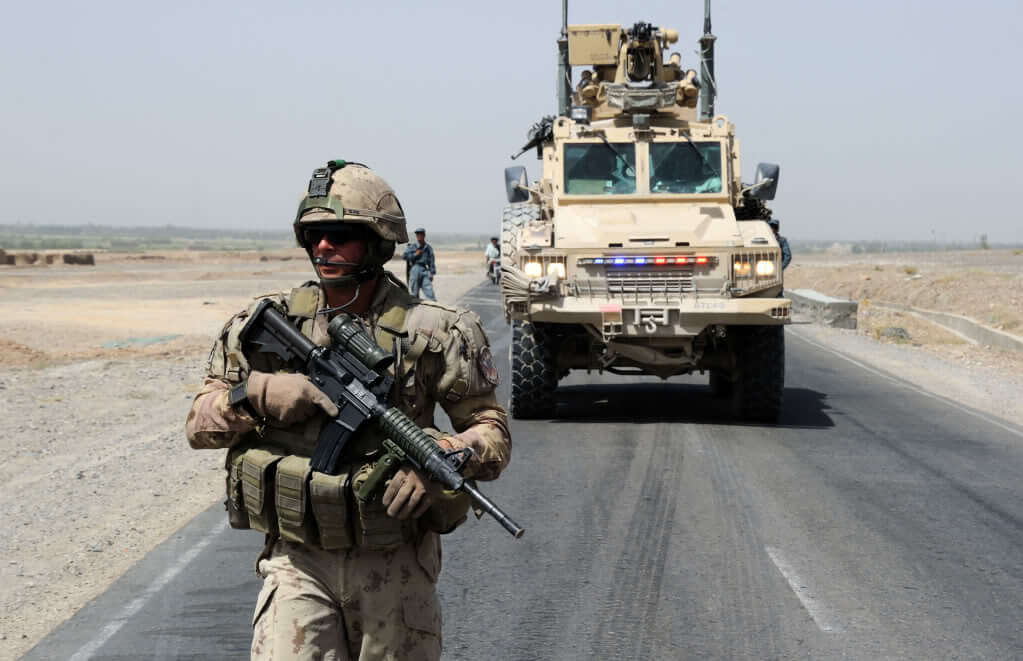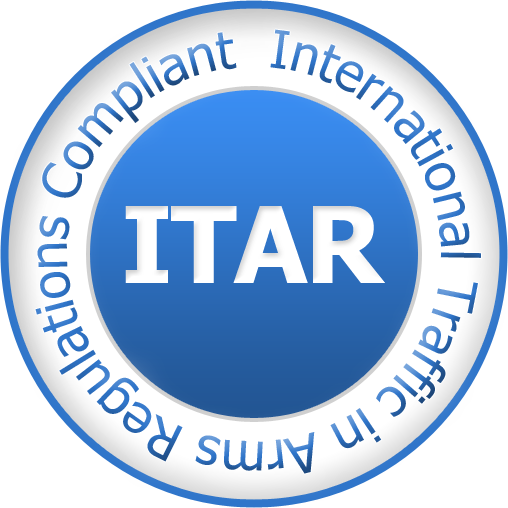The Canadian Armed Forces (CAF) is purchasing new light-armoured vehicles to equip future generations of mechanized infantry. Canadian domestic defence industries, including General Dynamics Canada, Rheinmetall Canada, and Kongsberg Protech Systems all have a long history of supplying light-armour vehicles to the CAF. They will be the main manufacturers in this the next round, as well as a new player: Textron Systems Canada. The number of Canadian corporations involved in procurement is significant because the Government of Canada’s Industrial and Regional Benefits(IRB) Policy, which requires that these companies invest an amount equal to their procurement contract in the Canadian economy. This creates more skilled jobs and opportunities for Canadians through increased domestic engagement with these multinational corporations.
Light-armoured vehicles were the centre-piece of Canadian mechanized infantry battle-groups in Afghanistan. This new era of warfare signals an evolution of armed conflicts as nations move away from heavier armour and realize the comparative advantages of new, highly-mobile light armoured vehicles. Boasting a larger payload of dismountable infantry, light armored vehicles are much better suited to operating against dispersed, light infantry insurgent groups in rough terrain.
Domestic manufacturer Textron Systems has a contract for manufacturing 500 Tactical Armoured Patrol Vehicles (TAPVs). The contract was finalized in 2011, with an expected delivery period between 2014 and 2016. The project has suffered some setbacks, as the pre-production models failed their tests in 2014. Primary defects included suspension and steering, affecting the cross-country capabilities of the vehicle. However, these issues are reported to have been resolved in 2015 and production is moving forward, giving Canada’s domestic defence industry a welcome influx of jobs and technical knowledge.
The Remote Weapons System (RWS) for the TAPV is produced by Rheinmetall Canada, and Kongsberg Protech Systems, a U.S. branch of Norwegian innovation giant Kongsberg Group. Rheinmetall is also extending the life of current Canadian Forces platforms such as the Satellite On the Move Systems (SOTM), as well as the contract for repair and overhaul services for the CAF’s 42 Leopard 2 A4 training tanks.
307 general utility TAPVs will replace the RG-31 Nyalla, currently in use by the CAF. Similarly, the Coyote Reconnaissance Vehicle will be replaced by 193 TAPV reconnaissance variants. The RG-31 Nyala was noted for its effectiveness at resisting Improved Explosive Device (IED) blasts, and offered reasonable small-arms protection against the 7.62mm calibre ammunition utilized by the Taliban. The Nyala’s V shaped hull was also effective in resisting the prevalent Home Made Explosive (HME) variants of IEDs utilized by the Taliban.
Based on recommendations from the CAF and DND, both replacement armored vehicles are also oriented towards resisting Improvised Explosive Devices IEDs, and incorporate further improvements from the strengths and weaknesses of the RG-31 Nyala. There are also a number of repair, overhaul, and upgrade projects in the current procurement life-cycle, aimed at increasing the operational life-time of existing CAF materiel. General Dynamics Land Systems- Canada is modernizing 616 LAV IIIs and introducing technical improvements for mobility, lethality, and safety of the crew.
The TAPV procurement is significant because it represents a continuing focus on a mechanized infantry equipped with light-armoured vehicles as the core of the CAF battle-group. Following the advice and lessons learned in Afghanistan during the CAF’s decade long tour, the new procurements of armored vehicles will have an emphasis on IED and small arms resistance, as well as an increased capacity to operate in rough terrain. The tactics required to address new asymmetrical threats require high mobility and enhanced crew-carrying capabilities, something which light- armoured vehicles excel at.
General Dynamics Canada, Rheinmetall Canada, and Kongsberg Protech Systems are at the forefront of production for these vehicles. In sum, the next round of procurement by the Canadian Armed Forces reflects a focus on light armoured vehicles proportional to the importance of mechanized infantry to address future threats, as well as keeping in line with the IRB economic policies laid out in the New Defence Procurement Strategy.





